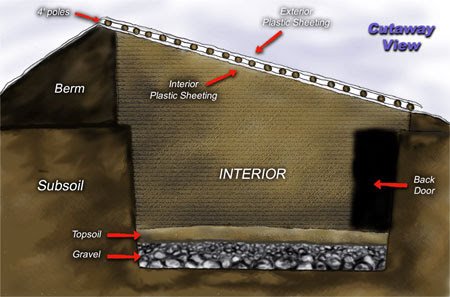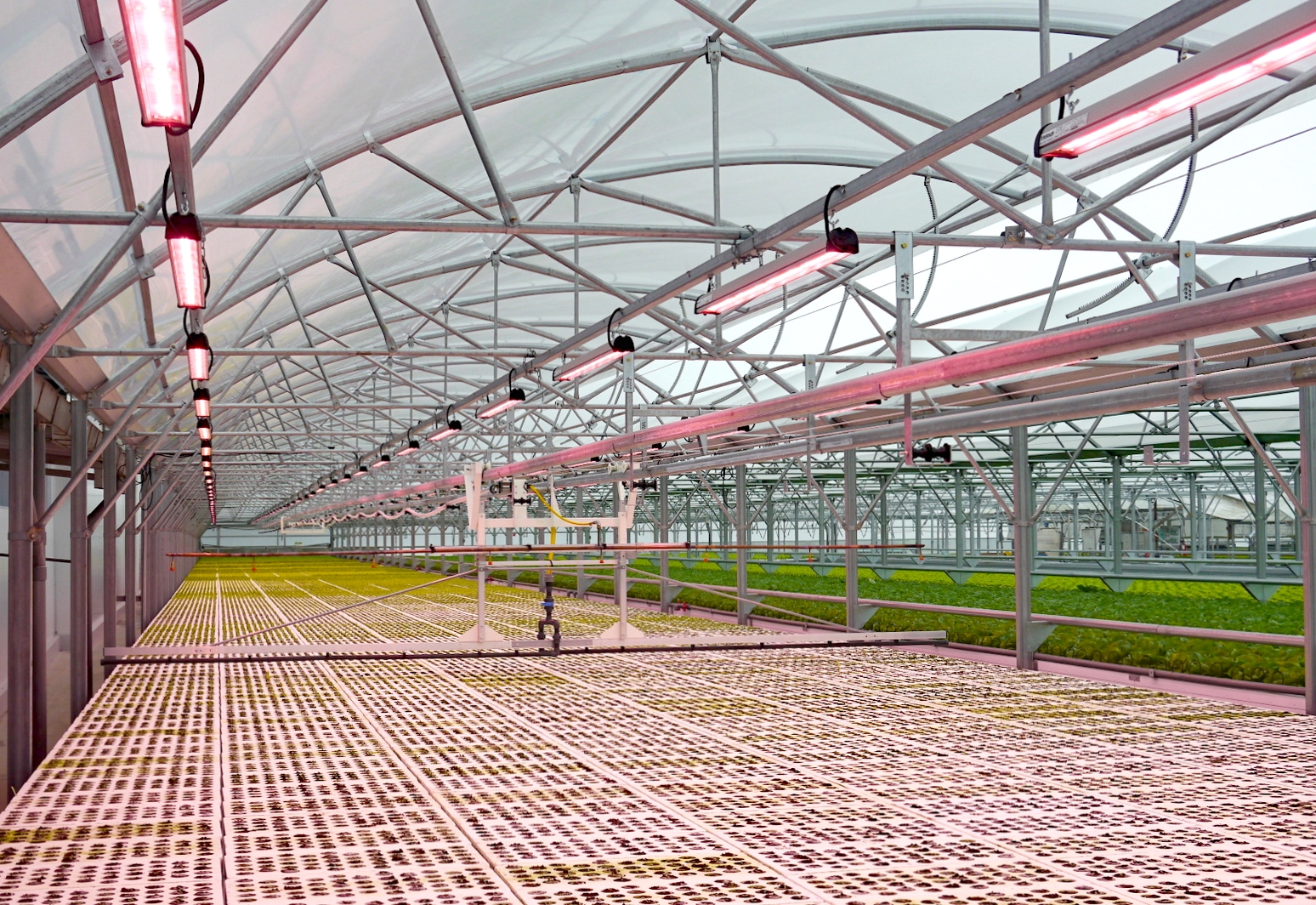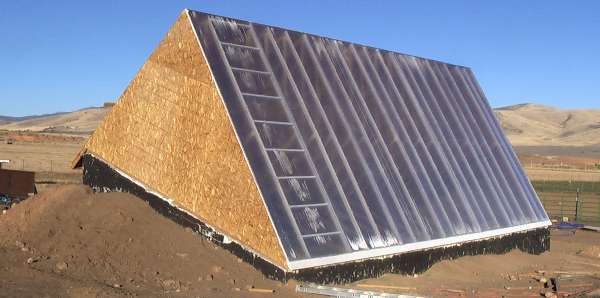This post is also available in: ![]() English
English ![]() Français (French)
Français (French)
Introduction
In colder regions, reducing energy costs and the ability to retain heat are a priority. The objective is to extend the cultivation period by using passive energies (light, ventilation …) and calories from the soil. Indeed, the ground has the capacity to absorb and restore the heat received by solar radiation (infra-red). When the ambient air is colder, the heat of the ground will diffuse in the greenhouse, one speaks then about thermal mass inertia.
A Bolivian concept
The Walipini greenhouses are inspired by Bolivian farmers in the high mountains. In reality, faced with extreme conditions (cold, drought, dry air …) they have developed a system allowing them to have ideal growing conditions for the production of vegetables. The word Walipini means “place of warmth”.
Principles of the system
The main features of this system are:
- Have sufficient depth between about 2 – 2.5m to maximize thermal inertia and have a buffer zone to minimize variations in exterior and interior temperatures;
- Optimal greenhouse orientation: South> North in the northern hemisphere, particularly in America and Europe to use solar radiation and the greenhouse effect;
- A greenhouse cover with a transparent material such as polyethylene film (180m / 7.2 mil) or double-wall polycarbonate (PCSS) in order to maintain good light penetration and insulating capacity;
- The soil should also have a high drainage capacity to help control relative humidity to dry out the environment and reduce the risk of fungal diseases;
- Humidity control also comes with greenhouse ventilation, this feature is important for regulating temperature and humidity in the greenhouse production area;

Below a link to find the Walipini construction free guide made by the Benson Agriculture and Food Institute (2002 revised version) : https://www.solaripedia.com/files/1257.pdf
Advantages and disadvantages

Conclusion
The Walipini greenhouse concept has interesting advantages allowing Bolivian farmers to produce vegetables and fruits in an arid (dry air) and cold sterile environment (at first glance)… In addition, it is easier in mountainous regions “to play” with the slopes to enjoy a good slope with the sun high (proximity to the equator).
In the Northern hemisphere in the United States, Canada, Europe or even in China … there is maybe an interest to use this system during cold and dry winters taking advantage of the thermal retention and moisture increase for crops . However, a sufficient light supply and enough air recycling will be required to allow the plants to grow in the best conditions. In addition, in some areas with hot and humid summers, the Walipini greenhouse may be limited to drain out the excess humidity in the air…
To conclude, the Walipini greenhouse brings together several interesting concepts from the horticultural industry. An alternative concept in the Northern hemisphere with a more conventional greenhouses : Gothic structure (more exposure to light) isolated on the edges with a gable (north side) covered with insulating panels would make it possible to have a high-performance greenhouse also during the summer season…
Sources:
Permaculture Research Institute – Rob’s Modified Walipini:
https://www.permaculturenews.org/2014/02/05/robs-modified-walipini/






